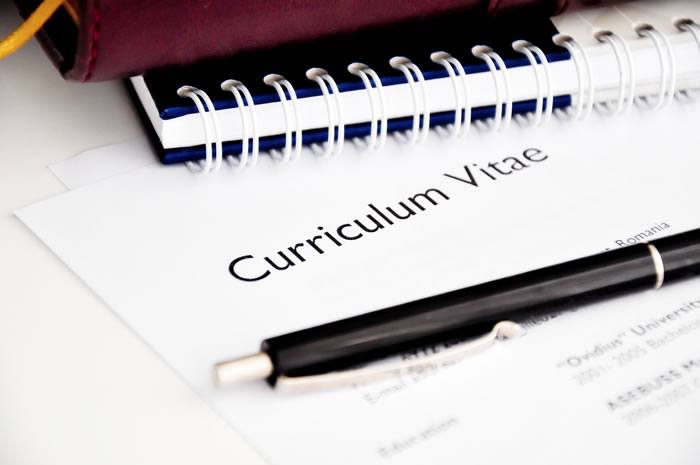
Employers, particularly when looking through applicants for graduate schemes that have a lot of applications, will often only spend around a minute looking at each CV. This means that you have very little time to make yourself stand out, and any mistake may cost you the role.
Making sure your CV has a good layout and no spelling or grammar mistakes is the first step of writing a killer CV and this blog post will answer common CV questions, helping you to write the best one possible!
What should the layout look like?
As long as your CV looks professional and is easy to read, the specific layout is not as important. Make sure that your text is large enough to read easily and there is not too much squeezed into one page. If a recruiter is quickly scanning your CV, they want to be able to easily read all the relevant information, and a messy CV with tiny text will often put them off and result in your CV not being read properly.
Should I use the same CV for all jobs I apply to?
No, your CV should be tailored to each employer as this will show interest in the role and will help make sure that all of your skills and experiences are relevant to the role. Using one CV template and making a few changes each time is an easy way to do this and will make each application much quicker.
Should I add a photo?
No, unless specifically requested, there is no need to attach a photo of yourself. However, if it is requested, make sure you look professional and smart.
How long should my CV be?
It is important to include all the relevant information in your CV, however, this is simply a brief overview of your experience and skills, so a CV should not be any longer than 2 pages. As employers briefly scan each CV, one that is too long can be very off putting and the extra information will prevent them spending as much time reading what matters.
What should I include in my CV?
A good CV will consist of the following sections:
- Name and contact details
- Personal summary
- Experience/previous employment
- Education
- Skills
- Additional sections
Name and contact details:
It is very important to include your name, professional title and contact details at the top of your CV. The contact details that should be included are your phone number, your email, your LinkedIn profile and your address/area.
When putting a link to your LinkedIn, it is important to make sure that all the information on your profile matches your CV. If there are any inconsistencies, this may look suspicious and your application might not be considered.
Personal summary:
This part of a CV is often forgotten; however, it is extremely important and only has to be a few sentences long. A personal summary allows you to provide a brief overview of your skills, what you have to offer to the company and your career goals.
A personal summary is also a quick and easy way to tailor your CV to each employer and role. You can mention why you would be a good fit for the role and why you are interested in it, an easy way to prove that you have done some research into the role and the company that will definitely make you stand out.
Work experience:
When listing your work experience, you should pick those most relevant to the role that you are applying to and organise these in reverse chronological order. For each employment you should include:
- When you worked there
- Your role title
- The company name
- The company location
Ensure that the format is consistent for each.
In addition to this information, a good CV will include a summary of each role, including your key responsibilities and achievements and the impact you had. This should be brief and highlight the aspects of the role that will be most applicable to the one that you are applying to.
Education:
Similar to work experience, your different qualifications should be listed in reverse chronological order with a consistent layout throughout. For students, it is good to include:
- Your degree with the university name, graduation year and previous results
- Your A-Levels and results
- A summary of your GCSE results, for example: 10 A*-B grades including Maths and English
Skills:
A list of relevant skills is often worth including. This could be technological and software skills, foreign languages spoken, data analysis, interpersonal skills or many other things, and a brief mention of them will be sufficient.
Additional sections:
These small sections at the end of the CV will depend on your individual experience, for example, if you participate in many extracurricular activities and are a member of different societies at university this could be a useful section, particularly if you had a position of responsibility for these.
A short note about hobbies and interests may also be worthwhile including, especially if they make you more suited for the role. For example, if applying to a role in sustainability, an interest in this and a note of any projects involving it is definitely a great addition to a CV.
By including these sections in your CV and making sure that it looks professional and well organised, you will stand out for the right reasons during the application process and will be more likely to be considered by an employer!
